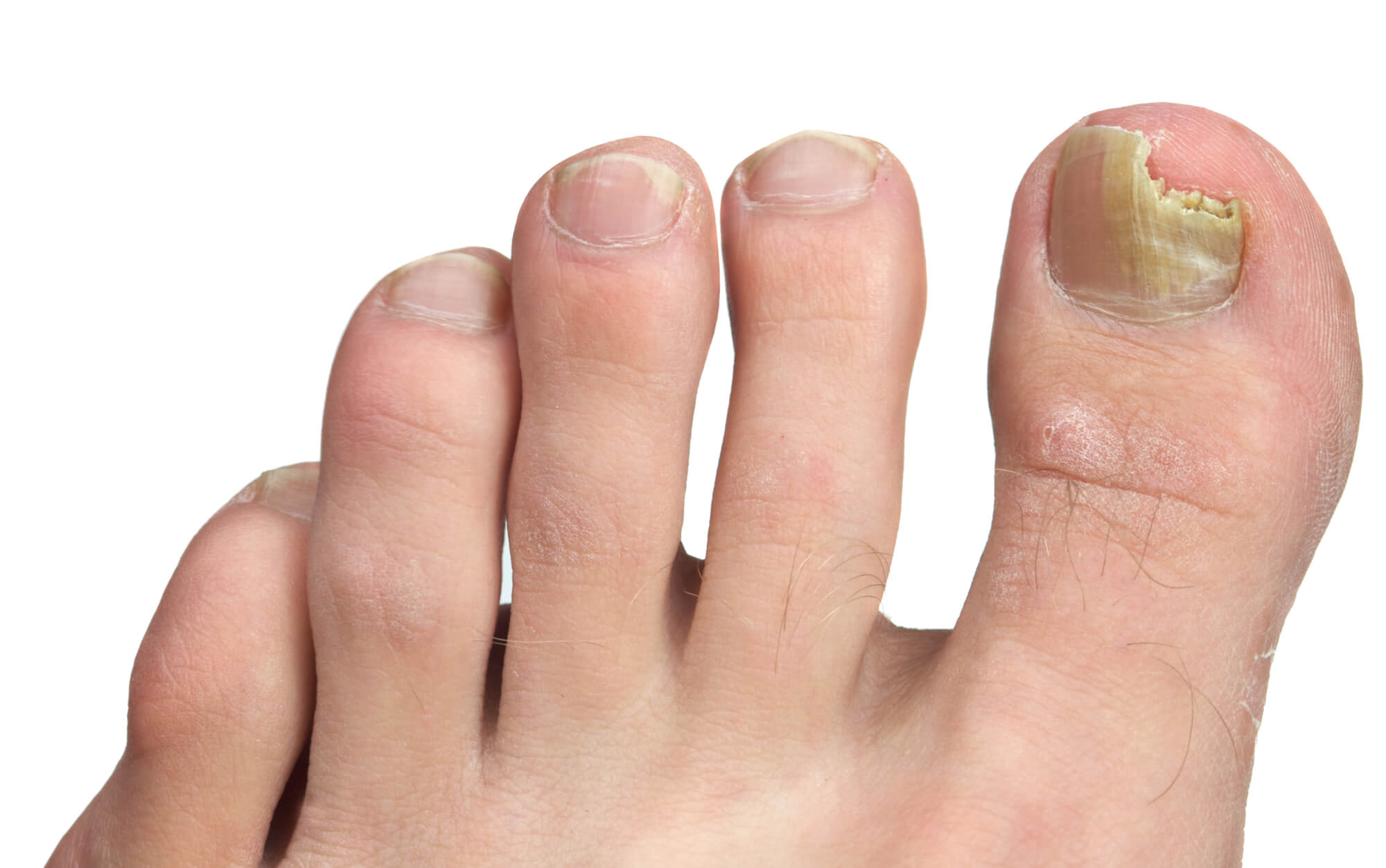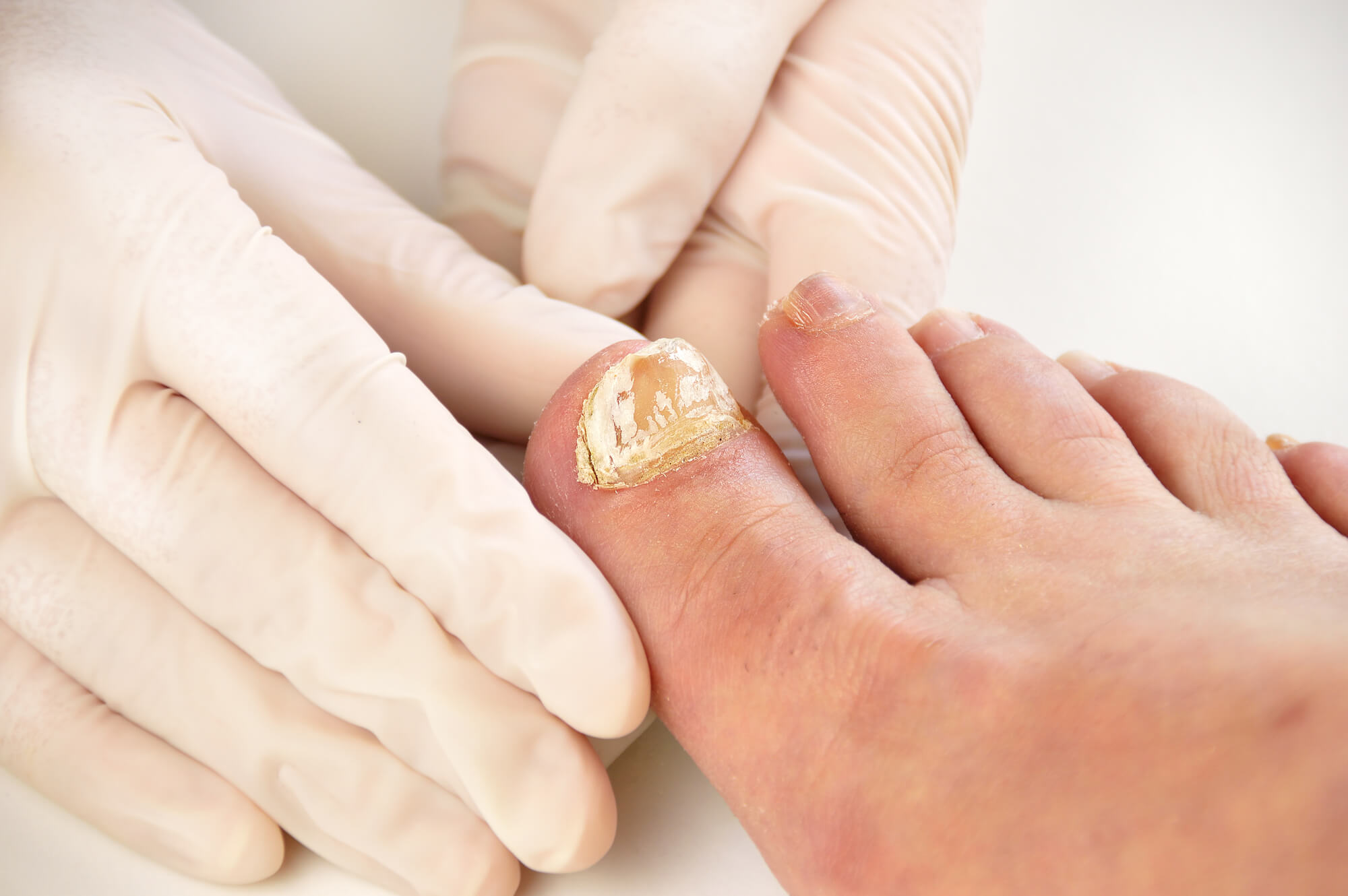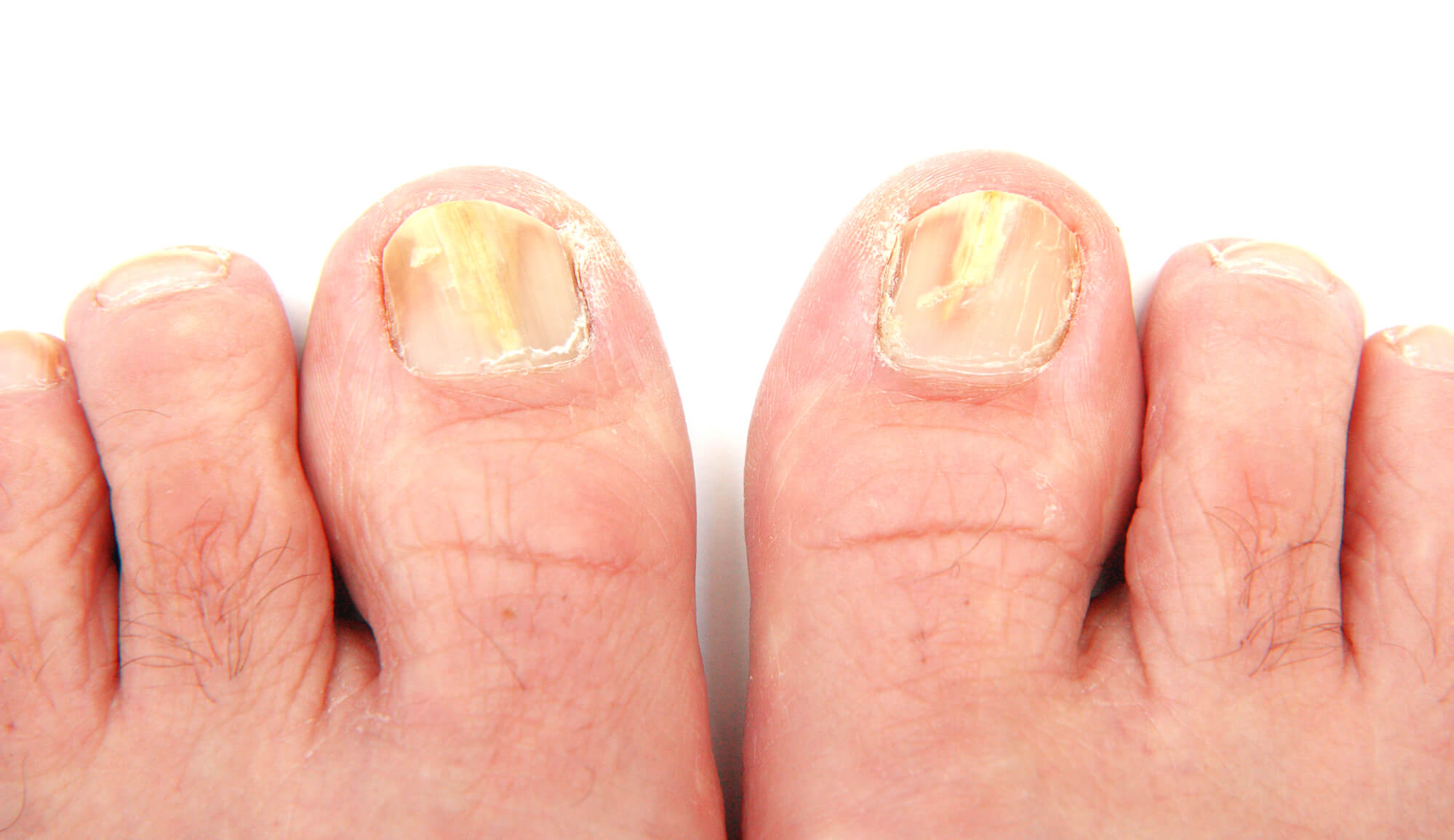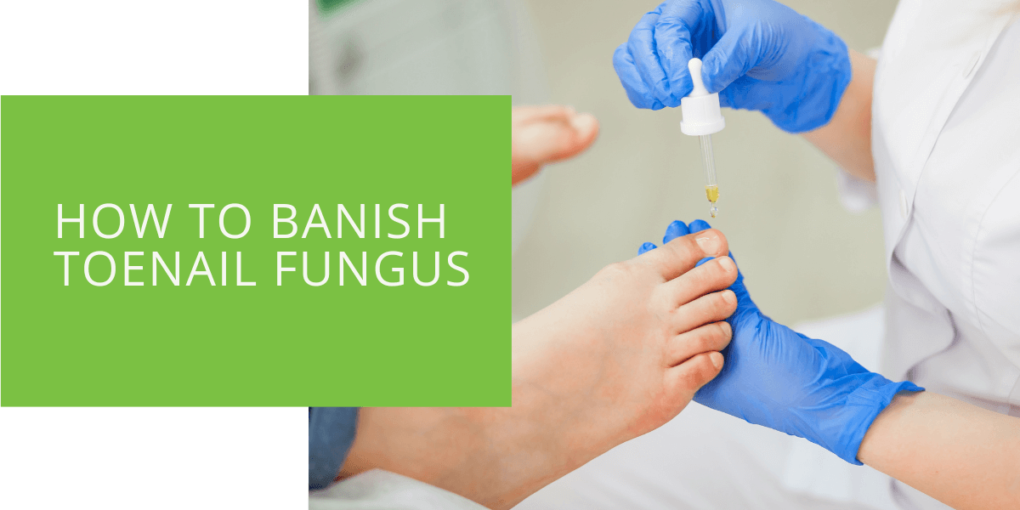How to Banish Toenail Fungus
Toenail fungus is a common foot condition that can be stubborn and difficult to get rid of. It's caused by an overgrowth of fungi in, under, or around the nail bed. The condition can be uncomfortable and unsightly, sometimes leading to more serious foot problems. But don't worry! In this article, we'll discuss the causes of nail fungus, some home remedies, and the most effective treatments to get rid of it.
Understanding Toenail Fungus
Causes of Toenail Fungus
Toenail fungus, also known as onychomycosis, is caused by fungal microorganisms' infection of the nail bed. The fungus can be contracted from various sources, including contaminated nail clippers, shower floors, and swimming pools. It can also be caused by wearing tight-fitting shoes, walking barefoot in public areas, or having a weakened immune system.
Symptoms of Toenail Fungus
Toenail fungus can cause symptoms, including thickened or discolored nails, brittle or ragged nails, and a foul odor. As the infection progresses, the nail may lift from the nail bed or become distorted. In some cases, nail fungus can cause pain or discomfort, leading to more serious foot problems if left untreated.

Home Remedies for Toenail Fungus
If you're experiencing mild to moderate toenail fungal infection, several home remedies may help to alleviate the symptoms and reduce the severity of the infection.
Tea Tree Oil
Tea tree oil is a natural antifungal agent that effectively treats fungal nail infections. Apply a few drops of tea tree oil directly to the affected nail twice or thrice daily. Be sure to dilute the oil with a carrier oil, such as olive or coconut, before applying it to your skin.
Vinegar Soak
Vinegar is another natural remedy that can be effective in treating nail fungus. Soak your feet in equal parts vinegar and warm water for 15 to 20 minutes a day. Rinse your feet with clean water and dry them thoroughly after soaking.
Trim and File Your Nails
Trimming and filing your nails can also help to reduce the severity of the nail infection. Keeping your nails short and clean can help prevent the fungus from spreading and improve the appearance of your nails.

Treating Toenail Fungus
If home remedies aren't effective in treating your toenail fungus, your podiatrist may recommend one of several medical treatments.
Topical Antifungal Medications
Topical antifungal medications are often the first line of treatment for nail fungus. These medications are applied directly to the affected nail and can be purchased over the counter or prescribed by your doctor. Topical treatments may need to be used for several weeks or months to see results.
Oral Antifungal Medications
If topical treatments are ineffective, your doctor may prescribe oral antifungal medications. These medications are taken by mouth and work by attacking the fungus inside out. Oral medications are more effective than topical treatments, but they can have side effects and may require regular blood tests to monitor liver function.
Laser Treatment
Laser treatment is a newer and less invasive treatment option for toenail fungus. It involves using a special laser to target and destroy the fungus without harming the surrounding tissue. Laser treatment is typically more expensive than other treatment options and may require multiple sessions for best results.
Surgical Removal
In severe cases of toenail fungus, your podiatrist may recommend surgical removal of the affected nail. This can be done under local anesthesia and involves removing the infected nail and applying a topical antifungal medication to the nail bed. While this is an effective treatment option, it can be painful and may require several weeks of recovery.
Combination Therapy
In some cases, your doctor may recommend a combination of treatments to banish toenail fungus effectively. This can involve topical antifungal medication in conjunction with oral or laser treatment.

Prevention of Toenail Fungus
The best way to avoid toenail fungus is to take steps to prevent it from occurring in the first place.
Keep Your Feet Clean and Dry
Nail fungus thrives in warm, moist environments, so keeping your feet clean and dry is important. Dry your feet thoroughly after showering or swimming, and change your socks and shoes frequently.
Wear Proper Footwear
Wearing shoes that fit properly and allow your feet to breathe can also help to prevent toenail fungus. Avoid wearing tight or sweaty shoes, and choose shoes made from breathable materials like leather or canvas.
Avoid Walking Barefoot
Walking barefoot in public areas like locker rooms, swimming pools, and showers can increase your risk of nail fungus. Always wear shower shoes or sandals to protect your feet.
Don't Share Personal Grooming Items
Sharing nail clippers, files, or other personal grooming items can spread toenail fungus from one person to another. Be sure to use your items and avoid sharing them with others.
Conclusion
Toenail fungus can be an uncomfortable and unsightly foot condition, but several effective treatments and preventative measures can help you banish it for good. By understanding the causes and symptoms of nail fungus and taking steps to prevent its occurrence, you can keep your nails healthy and fungus-free. Suppose you're experiencing persistent or severe nail fungus. In that case, it's important to seek the advice of a podiatrist or other medical professional to determine the most effective treatment plan for your individual needs. You can keep your feet healthy and pain-free for years with the right care and attention.

